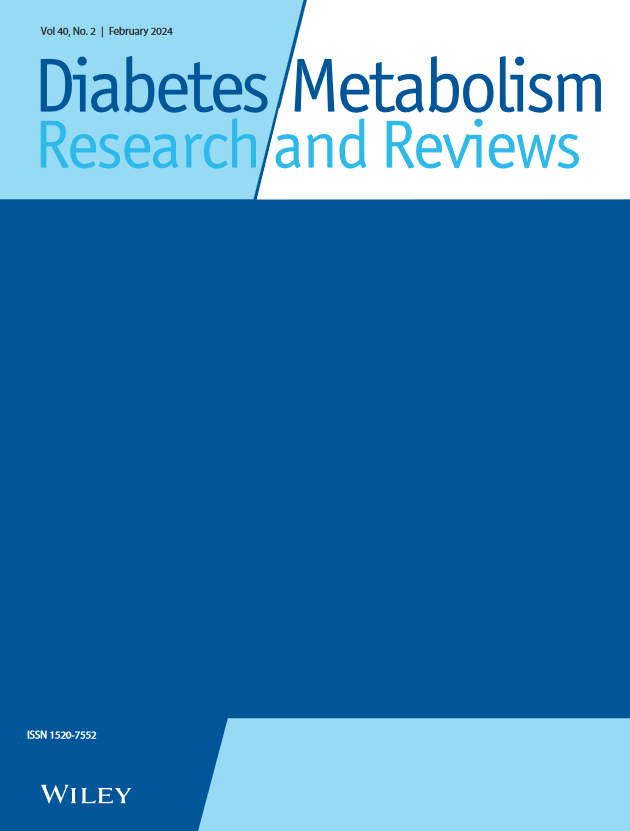Age-Specific Effect and Pathways of Risk Factors on the Risk of Incident Type 2 Diabetes: A 13-Year Prospective Cohort Study
Abstract
Aim
To assess risk profiles and pathways for incident type 2 diabetes by age at onset.
Materials and Methods
Based on the Kailaun study, 92,020 participants without type 2 diabetes were enrolled and classified into four age-onset groups as < 55, 55 to < 65, 65 to < 75, and ≥ 75 years. Clinical risk factors and serum biomarkers were examined. Cox regression and Bayesian network analysis were performed.
Results
Of the clinical risk factors, metabolic syndrome had the highest hazard ratio [HR] for type 2 diabetes onset at any age, ranging from 4.17; 95% confidence interval [CI], 3.89–4.06) at onset in those < 55 years to 2.97 (95% CI, 2.57–3.44) at onset in those ≥ 75 years. Among biomarkers, insulin resistance evaluated by triglyceride-glucose index had the highest HR (1.66; 95% CI, 1.61–1.70) for onset < 55 years. In comparison, weaker but significant associations with diabetes in onset < 55 years were noted for most lipids, metabolic, and inflammatory biomarkers. Most risk factors had attenuated relative rates at older ages. Bayesian network showed that the most important pathway to incident diabetes was through insulin resistance and metabolic syndrome, with conditional probabilities ranging from 62.1% in onset < 55 years, and attenuated to 16.3% for onset ≥ 75 years.
Conclusions
Most risk factors for diabetes had attenuated relative rates at older ages. Metabolic syndrome and insulin resistance, in addition to prediabetes, obesity, hypertension, and dyslipidemia, tended to be stronger risk factors.

 求助内容:
求助内容: 应助结果提醒方式:
应助结果提醒方式:


